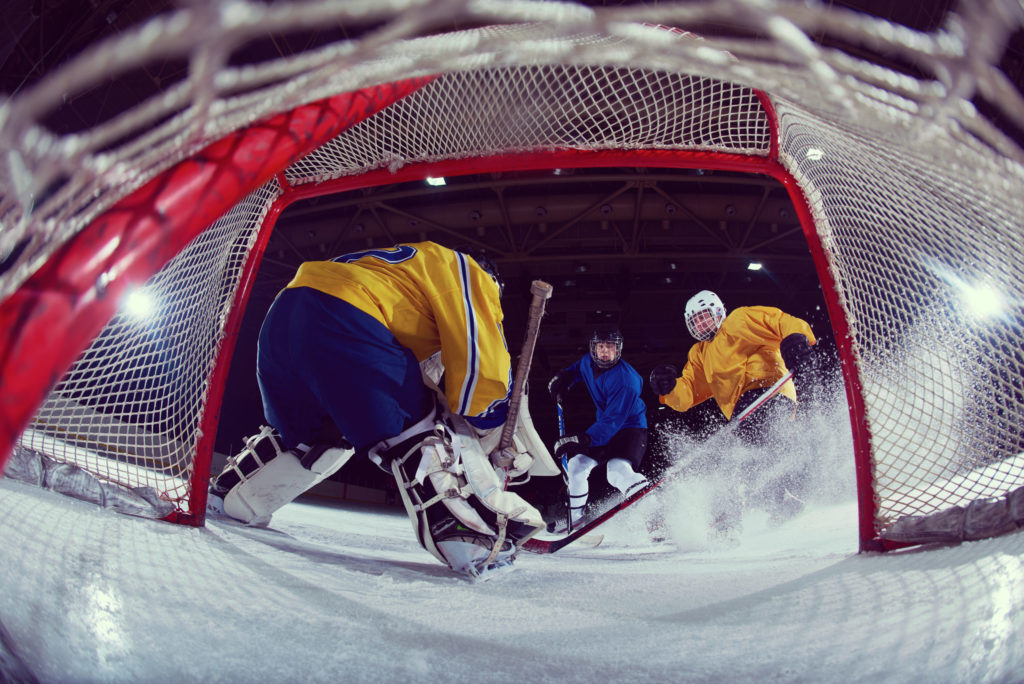Whether you’re a beginner or have some experience playing ice hockey, this guide will help get you started on the right foot. Below are some tips on how to get started playing ice hockey, including what equipment you need and where to find a game. After following these tips, you’ll be ready to shred the ice like The Icemen’s pro player, Jacob Panetta.
Get Yourself Skating
“Get Yourself Skating” is one of the basic skills you need to learn in order to play ice hockey. It’s important to have a strong foundation in skating before you start learning how to play hockey because most of the game is played on the ice.
There are different techniques for skating forwards and backward, as well as stopping and turning. The best way to learn how to skate is by taking lessons from a professional coach or instructor. You can also watch videos or read articles online that will teach you the basics of skating.
Once you’ve learned how to skate, it’s important to practice regularly so that you can improve your skills. Playing hockey with friends or joining a recreational league are great ways to improve your skating ability and have fun at the same time.
Improve Your Stickhandling
There are many techniques that can improve your stickhandling. One way is to keep your hands close to your body and use quick, short movements. You can also try bouncing the puck off the ice or boards to keep it moving. When you have the puck, always protect it by using your body and stick. Be sure to keep your head up so you can see what’s going on around you and make good decisions. As you get better, start practicing some of the more advanced moves, like toe-drags and dekes.
Safety First: How to Avoid Injuries on the Ice
One of the most important things to remember when playing ice hockey is to always be aware of your surroundings and stay safe. Here are some tips on how to avoid injuries while playing hockey:
Always wear a helmet. This is the most important piece of safety equipment and can prevent serious head injuries.
Make sure your skates fit properly and are sharpened regularly. Wearing ill-fitting or poorly sharpened skates can lead to ankle and other lower-body injuries.
Wear pads, including elbow pads, shin guards, and chest protection. These will help protect you from getting injured if you fall or are hit by a puck or another player.
Be aware of the dangers of checking (hitting an opponent from behind). This type of play can cause serious injuries, so it’s best to avoid it altogether if you’re not experienced in doing it safely.
Stay hydrated, especially during long games or practices in cold weather conditions. Dehydration can lead to heat stroke, which can be very dangerous.
Hockey Lingo: A Glossary of Common Terms
Ice hockey is a fast-paced sport that can be confusing for beginners. The following glossary of common ice hockey terms will help you understand the game and the lingo used by players and fans alike.
Backcheck: A defensive move in which a player chases down an opposing player who has just gotten the puck and tries to keep them from scoring.
Biscuit: Another word for the puck.
Bodychecking: Using your body to hit another player, typically done when they have the puck. This is a legal move in ice hockey but can lead to penalties if done excessively or recklessly.
Boarding: When a player hits another from behind into the boards surrounding the rink. This is a penalty in ice hockey.
Breakaway: When a player has possession of the puck and no opposing players are between them and the goalie, creating a clear path to score. This is often called a “one on one” situation.
Checking In: The process of signing up for an ice hockey game or practice at an arena or rink. Typically this must be done in person, though some arenas offer online registration now as well.
Deke: Slang term for fake, as in faking out an opponent with a skilled move dribbling or passing the puck.
Faceoff: A faceoff occurs whenever there is a stoppage in play, such as when someone scores, one team wins control of the puck after it goes out of bounds, or someone gets penalized. Two players facing each other drop their gloves and try to win control of the puck by batting it with their sticks.
Hitting The Post/Iron/Pipe: When a shot on goal ricochets off either end post, then back into play (the pipe), this is considered hitting “the post” and many times results in an unlucky bounce for whichever team was shooting on net at that point.
Hockey Stick/Stickhandling: The use of your stick to control (or handle) the puck while skating or stationary. Fine stickhandling skills can help you keep possession of the biscuit while under pressure from defenders, leading to chances on goal.
Puck Bunny/Dollie/Groupie: Slang terms used derogatorily for female fans who are overly interested in male professional athletes, usually stemming from attending games just to watch said players rather than enjoying watching hockey itself.
Overall, learning how to play ice hockey can provide a great way to get exercise and have fun. It is a physically demanding sport that can improve overall fitness, coordination, and strength.

